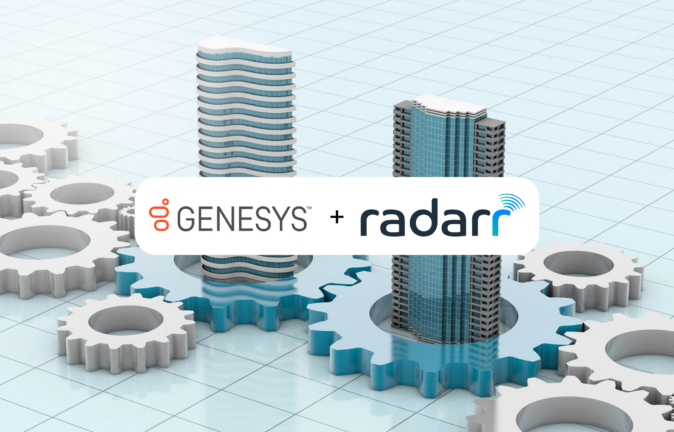All-in-one contact center solution provider Sobot has announced the launch of its upgraded AI Agent that offers a host of advanced capabilities compared to a traditional chatbot.
Scheduled to launch in September, AI Agent has been tested in a closed beta over the past few months to ensure the optimal efficiency of the capabilities and significant results. The Agent is supported by NLP and LLM, which allow it to carry out natural conversations with customers.
With its multilingual ability, the Agent can now enable international businesses to provide support to its global customer base. The multilingual ability also automatically translates the knowledge base without manual staff labor.
"We've enhanced our AI Agent's capabilities in AI settings, working processes, and beyond. The upgraded AI Agent will extend its functionality beyond online text dialogue to include voice calling and email ticketing systems. We are excited about this launch and invite everyone to look forward to its rollout." said Leo Chin, Vice President of Product at Sobot.

Sobot's AI Agent is poised to help enterprises see a 15%-35% increase in direct response rate, and a 5%-15% increase in answer accuracy rate. While it capabilities can be transformational for contact centers, the Agent is not meant to entirely replace humans.
"Just like Baymax, Sobot' AI Agent is also created to assist humans as a companion, not to replace humans." Chin said. "Our AI Agent will not be our ending point in our exploration of AI. While the AI Agent enhances CX, we are also developing AI Copilot and AI Analyst roles to further support human staff."
A multinational new energy company switched to Sobot's AI Agent after encountering issues with their previous chatbot provider, such as a low direct answer rate and independent reception rate. Sobot's AI Agent can intelligently learn from files uploaded by the company, enabling it to answer questions beyond the existing knowledge base. This automation eliminates the need for human staff to manually update Q&A pairs, significantly reducing the operational and management costs of maintaining the knowledge base.









